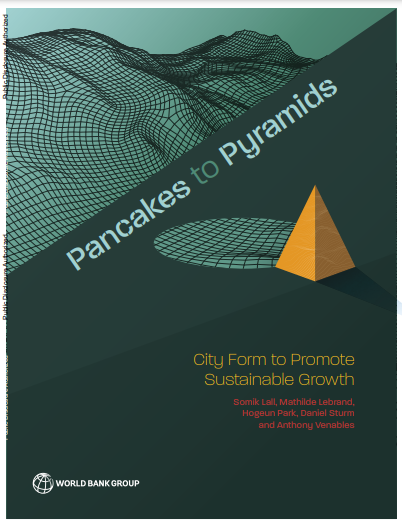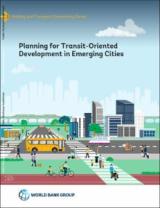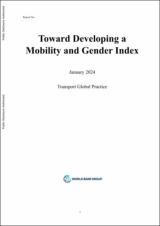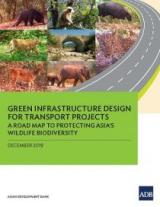
-
Country/City
World
-
Topics
Sustainable Urban Transport, Economic and Social Development, Urban Planning
-
Published On
May 31, 2021
-
Author(s)
Somik V. Lall, Mathilde Sylvie Maria Lebrand , Hogeun Park, Daniel Marbod Sturm, Anthony J. Venables
Towns and cities are economic and social microcosms in which large numbers of people and firms interact. These interactions largely shape how a city looks, how it functions, and how it grows. But how exactly does this many-sided relationship work? What are the specific drivers of urban economic and spatial development? Pancakes to Pyramids brings us closer to answering these questions, beginning with an idealized contrast between two patterns of urban spatial growth. Pancakes are cities that grow outward and remain relatively low-built. Pyramids are cities that grow partly outward, but also partly inward and upward, filling vacant parcels and adding height to central districts to increase economic and residential densities. Both types of density can help cities overcome the challenges that come with population growth, and most urgently, evolving from a pancake into a pyramid, creating a platform with more options for controlling greenhouse gas emissions. This report draws on new evidence, econometric analysis, and predictive modeling to relate the economic growth of cities to their past spatial evolution, and to the possibility and conditions for future pyramidal growth.



